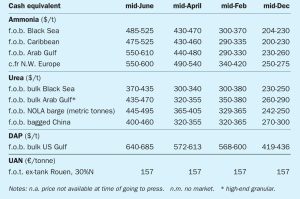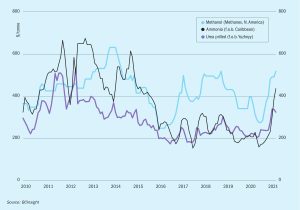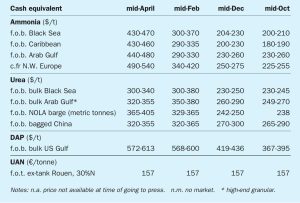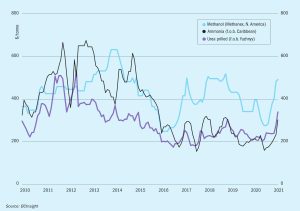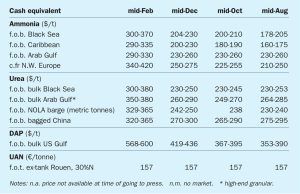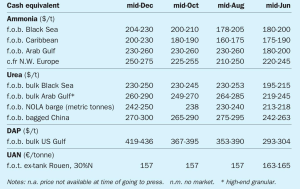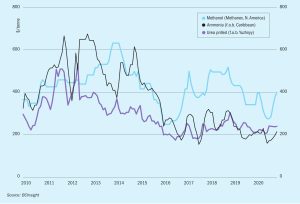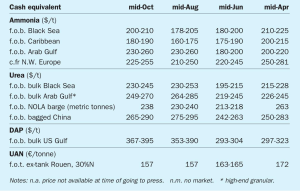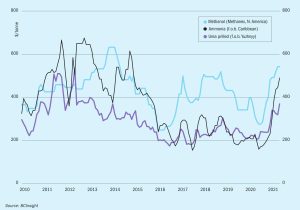
Market Outlook
Ammonia markets continue to be dominated by unplanned outages in Saudi Arabia (where the SAFCO 4 and one of the Ma’aden ammonia plants are both down, removing 2.3 million t/a of merchant ammonia from the market). This comes on top of other shutdowns earlier in the year on Trinidad, in the US and Australia.

